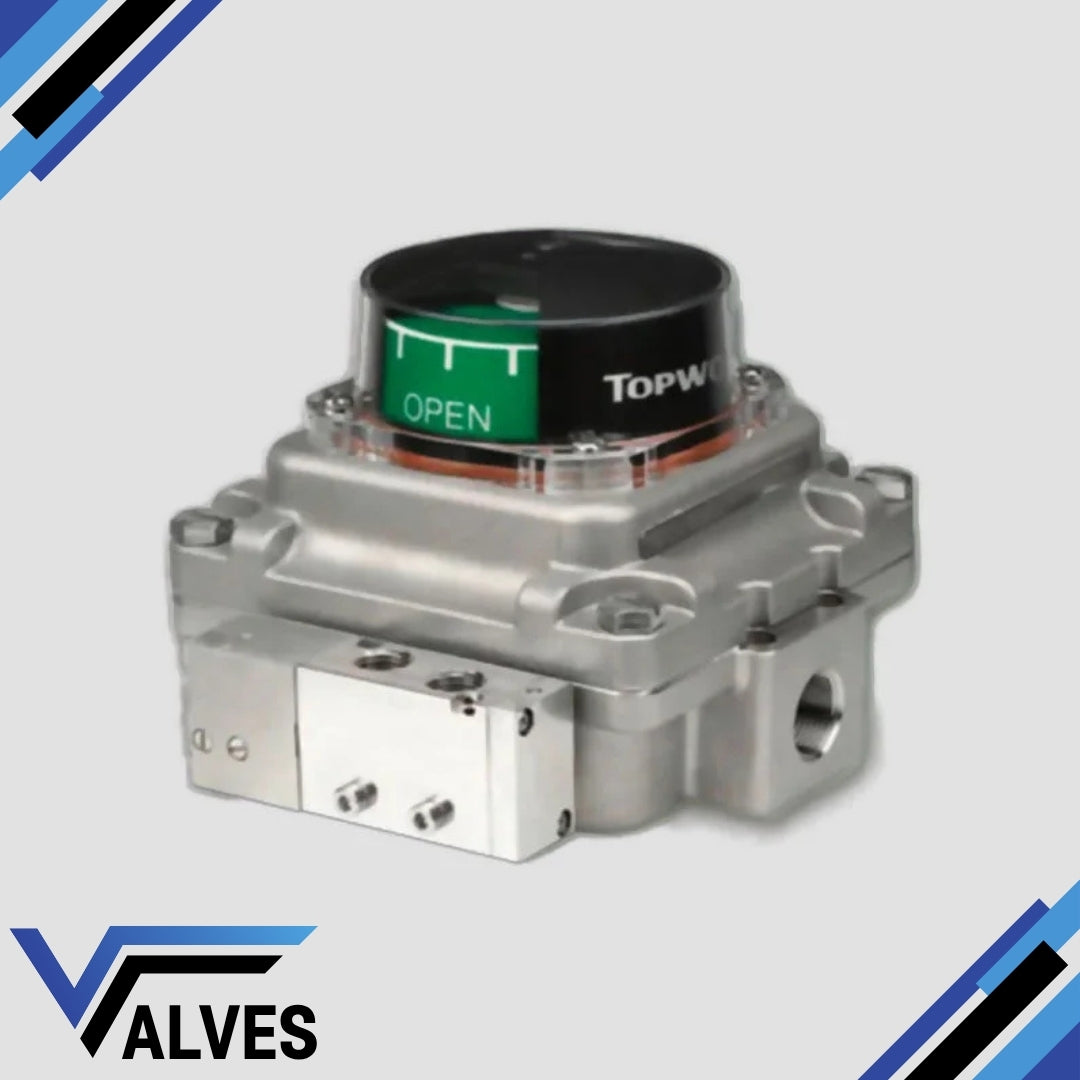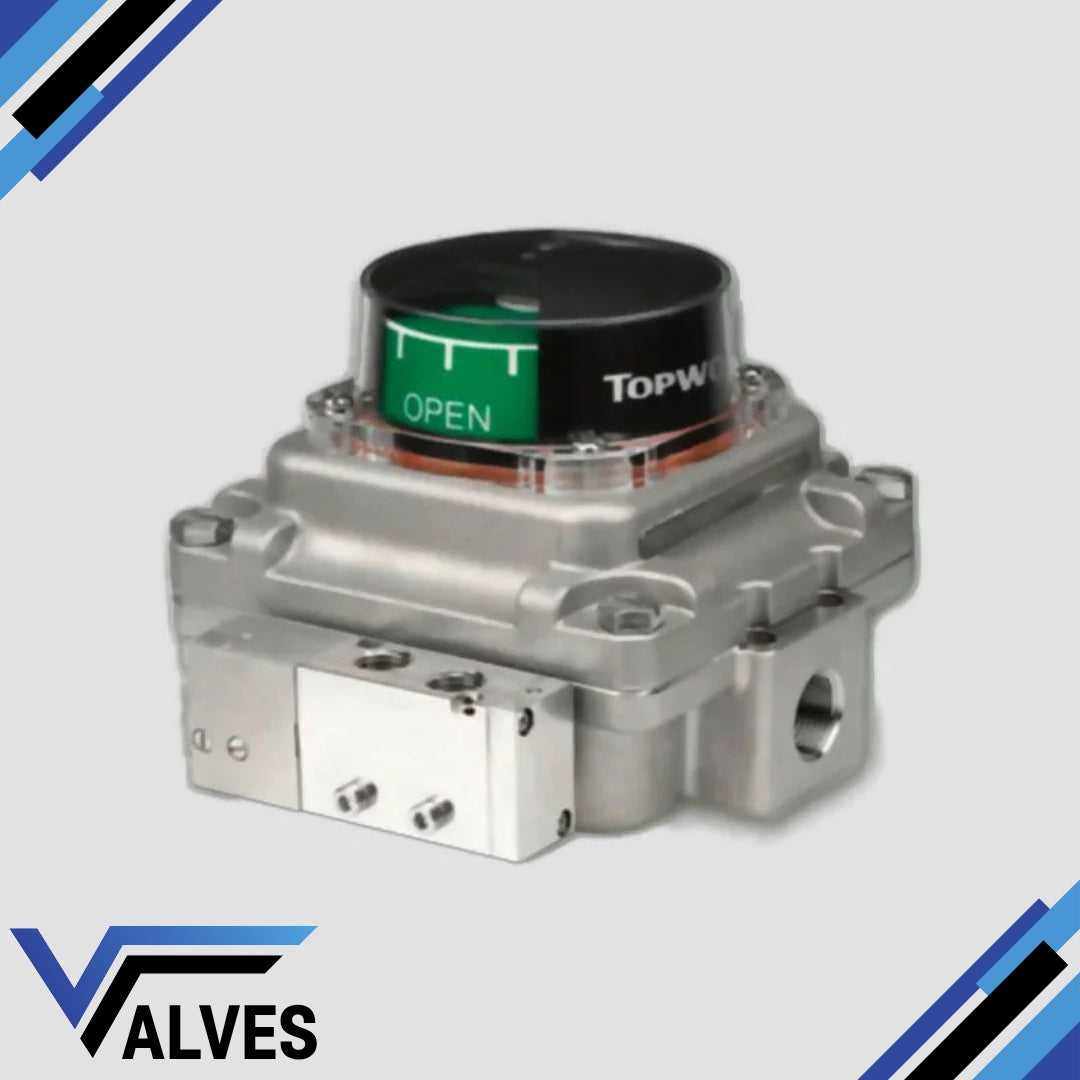Topworx Switchboxes
TopWorx Limit Switch Box TXS-D21GNPM Valve Monitor
TopWorx Limit Switch Box TXS-D21GNPM Valve Monitor
Couldn't load pickup availability
The TopWorx TXS-D21GNPM Valve Monitor is part of the robust and versatile TX-Series, designed to deliver reliable performance in demanding environments. This valve monitor combines high-precision sensing and discrete valve control, suitable for use in harsh industrial settings, including hazardous locations. With its compact, direct-mount enclosure, it provides seamless integration with automated valve packages, ensuring real-time monitoring and enhanced operational efficiency.
Key Features:
- Compact and Rugged Design: Built for tough environments, the TXS-D21GNPM features a durable enclosure that is certified for use in hazardous locations, offering both explosion-proof and flameproof options.
- Switch Options: Includes reliable GO™ Switch technology that operates without voltage drop or power consumption, making it ideal for environments where energy conservation is critical.
- Advanced Sensing: The device integrates hermetically sealed sensors with SPDT or DPDT configurations, providing accurate position feedback even in extreme conditions, from -40°C to 85°C.
- Global Certifications: Certified for use across the globe with ATEX, IECEx, and NEC approvals, ensuring compliance with strict safety standards.
- Flexible Integration: The TXS-D21GNPM supports multiple communication protocols such as AS-Interface, Profibus DP, and discrete wiring, enabling easy adaptation to various control systems.
Additional Information: The TopWorx TXS-D21GNPM also features intuitive target settings for precise switching, reducing setup time and ensuring consistent performance. Its stainless-steel construction adds to its durability, while the IP66/67 rating guarantees protection against dust and water ingress, making it suitable for outdoor and hazardous environments like oil and gas platforms, refineries, and chemical plants. This versatility helps reduce downtime and increase the operational lifespan of your systems, ensuring better control over critical valve operations.
For further customisation, the TXS-D21GNPM can be configured with various visual indicators, o-ring materials, and conduit entries, making it a flexible solution for a wide range of applications.
Share

FAQ's
What is the difference between a valve and an actuator?
What types of actuators are available?
The main types of actuators are:
Pneumatic actuators – use compressed air for fast, reliable operation.
Electric actuators – use electrical power for precise control.
Hydraulic actuators – use fluid pressure for high-torque applications.
Each type offers unique advantages depending on the environment, media, and system control needs.
How do I choose the right actuator for my valve?
To select the correct actuator, consider:
Valve type and torque requirement
Power source available (air, electric, or hydraulic)
Operating environment (temperature, humidity, hazardous area)
Control signal type (on/off or modulating)
Matching actuator torque and compatibility with the valve’s ISO mounting ensures reliable performance.
What are the main types of valves used in automation?
The most common valves in automated systems include:
Ball valves – for tight shutoff and quick operation.
Butterfly valves – for larger flow control with compact design.
Globe valves – for precise throttling and flow regulation.
Check valves – to prevent backflow.
Gate valves – for full bore flow isolation.
What’s the difference between a double-acting and spring-return actuator?
Double-acting actuators use air (or power) to both open and close the valve.
Spring-return actuators use air to open (or close) the valve, and a built-in spring to automatically return it to a safe position when power or air is lost — ideal for fail-safe operation.
How often should valves and actuators be serviced?
Regular maintenance intervals depend on operating conditions, but a good rule of thumb is to inspect every 6–12 months.
This includes checking for leaks, lubrication, seal wear, and actuator responsiveness to prevent unexpected downtime.

